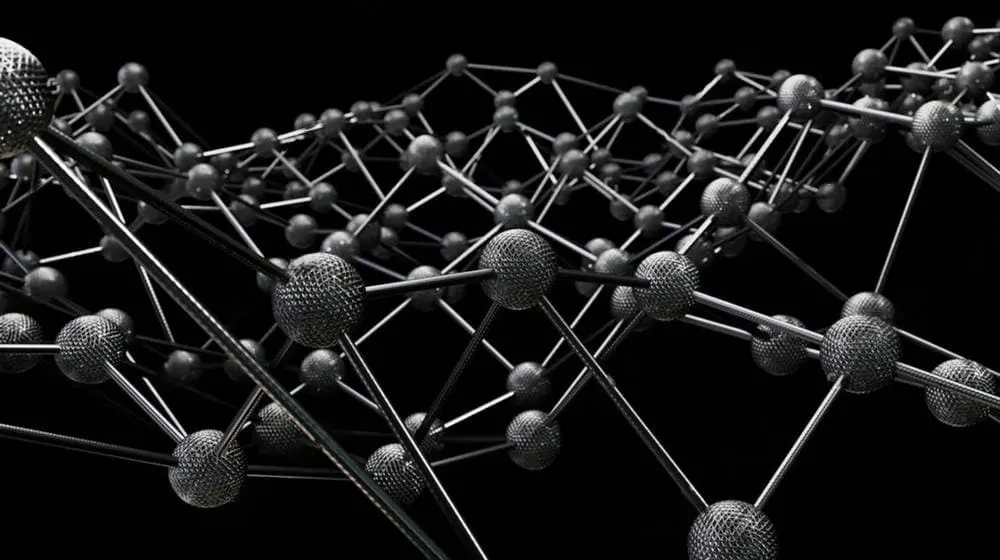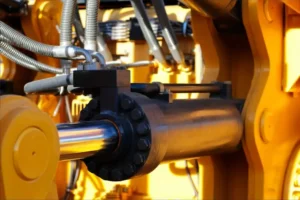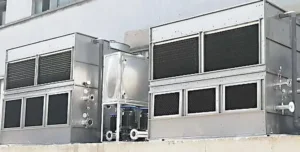
Deoxidation Effect of Carbon in Vacuum
In a vacuum environment, karbon menunjukkan kemampuan deoksidasi yang luar biasa, making it one of the most widely used deoxidizing elements in vacuum induction furnace smelting. Its deoxidation effect is not only significant but also the strongest, providing a crucial guarantee for improving the quality of steel.
Reduction Effect of Carbon in Vacuum
Under high-temperature vacuum conditions, carbon possesses the ability to reduce nearly all common metal oxides, creating highly favorable conditions for enhancing the purity of steel. By effectively reducing impurities such as inclusions and oxide films, carbon lays a solid foundation for producing high-quality steel.
Effect of Carbon Boiling in Vacuum Steel Liquid
Under vacuum conditions, the process of carbon boiling plays a vital role:
- Uniformization of Temperature and Chemical Composition: Carbon boiling promotes the uniform distribution of temperature and chemical composition in the furnace, ensuring the homogeneity and stability of steel during the smelting process.
- Removal of Harmful Impurities and Inclusions: During carbon boiling, the formation of carbon bubbles helps to remove harmful impurities and inclusions from the steel liquid, further enhancing the quality of the steel.
- Promotion of Dehydrogenation and Denitrogenation of Steel Liquid: Carbon boiling not only promotes the removal of hydrogen and nitrogen from the steel liquid but also facilitates the decomposition of oxygen compounds in the steel, thereby increasing its purity.
- Advantageous for Deep Deoxidation of Steel Liquid: The carbon bubbles released during boiling facilitate the removal of oxygen from the steel liquid, achieving deep deoxidation of the steel and further improving its properties and quality.

Carbon as an Important Alloying Element
Besides its roles in deoxidation and reduction during vacuum smelting, carbon is also one of the indispensable alloying elements in steel. Whether dissolved in solid solution or present in the form of carbides, carbon effectively enhances the strength, hardness, and wear resistance of steel, thereby improving its mechanical properties and durability.
Adverse Effects of Carbon
Despite its significant roles, excessive carbon content may have adverse effects:
- Chemical Erosion of Crucibles: Carbon may lead to the reduction of oxides in crucible materials, accelerating their chemical erosion and reducing their service life.
- Reduction in Toughness and Corrosion Resistance of Steel: High carbon content can reduce the toughness and corrosion resistance of steel, necessitating restrictions on carbon content in some alloy designs to ensure that the comprehensive performance of steel meets requirements.







